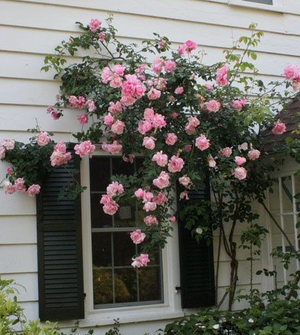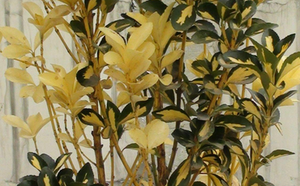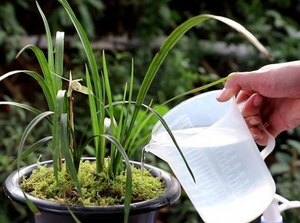How to use pruning shears?

The vast majority of twigs on our market are of this type, similar in structure to scissors, consisting of two blades, one on the top of the fan blade and the other on the narrow blade below.
Staggered scissors can cut out clean, flat and perfect incisions, which are very beneficial for trimming green branches and help the wound heal as quickly as possible and reduce germ infestion.
anvil
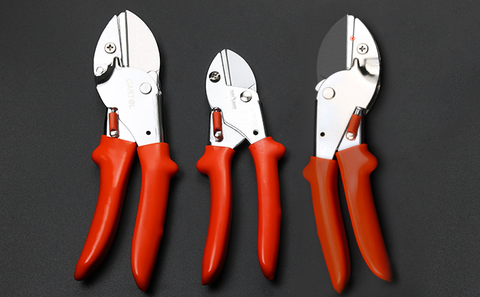
This type of pruning is less seen, its structure is similar to a combination of kitchen knives and chopping boards, generally using a sharp and straight blade with a flat spade composition.
Traditional spade-type twigs are used to trim thicker-diameter dry branches, or woody branches.
Thanks to the shaft-biased design of the shear shear rotation, the vertical force applied by the same grip is greater and is relatively easy and labor-saving.
Principles of use
rule.1 Right-handed principle
Because the vast majority of our market is staggered (bypass) right-hand trim, like the scissors we use (right-hand version), the right-hand blade is always above.
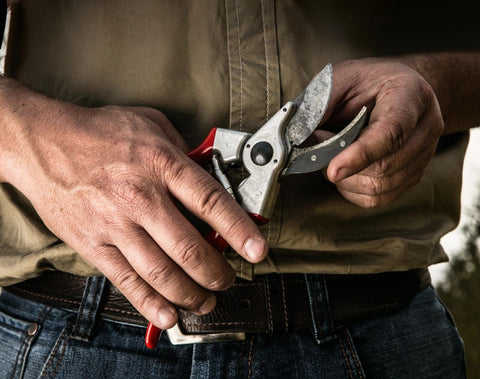
So if not necessary, be sure to use the trim on your right hand. There are two reasons:
1.Similar to the use of scissors, when holding in the right hand, the thumb points to the outside of the palm of the hand, while the other four point to the inside of the palm buckle, the two forces in the opposite direction, through the middle axis, become the left and right two blades close to each other a force, thus forming an effective cutting.

And if replaced with the left hand, then the force is the opposite, the left and right two blades away from each other, difficult to form an effective cutting, easy to cause the cut object misalsided deformation, resulting in shearing adverse drop.
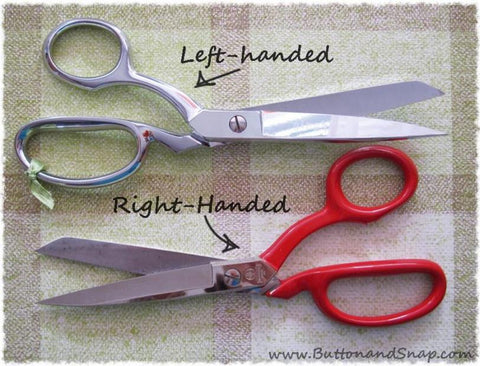
2. If the long-term use of left-handed pruning, easy to cause blade misaltering, resulting in scissors are not clean, adverse situations occur.
But be aware that if you choose the anvil, because it is left and right symmetrical design, so the left and right hands can be universal.
rule.2 Hand-back principle
Most people think that shearing is no direction, in fact, this is indeed the case on the spade-type trim, but in the staggered type is not so at all, let's first understand how the spade-type works:
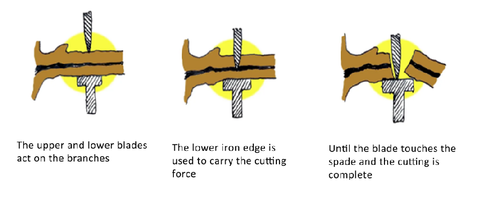
Because of the symmetrical design of the spade, the bottoms of both sides of the cut surface are squeezed by the spade, which has less impact on the woody hard branches, while for softer green branches or fibrous live branches, there will be a certain degree of extrusion injury on both ends of the cross-section.

Staggered scissors, the right edge of the narrow edge below, will first cut into the bottom of the branch, forming positioning, because there is no sharp edge, the same will cause extrusion injury, and then the sharp fan blade above to complete the cutting.
The cross-section of the outside of the fan blade after the cut is completely cut by the blade, so the squeeze wound formed by the lower blade is excluded, and the squeeze wound is retained on the other side of the branch, which is the branch to be removed.
See here clever you should understand, staggered trim cutting the correct cutting direction is: the hand back direction of the cut is clean and flat, to be retained, the other side is unwanted branches.

Easy to understand some, pruning side branches, should be right hand trim, left hand holding the branches to be cut, can not form a cross hand:
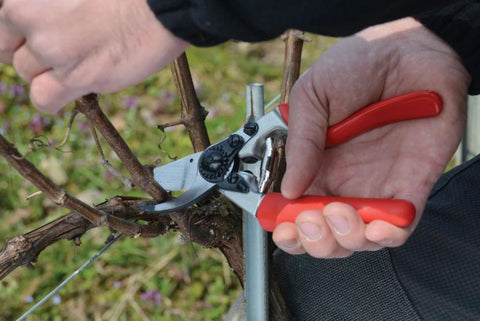
When trimming upright branches, the right hand should have the back of the hand down and the palm of the palm up:

But when we prune the branches or cut flowers in the hope of getting the perfect cut and reducing the potential infection, the opposite is true, for example, when we trim the finished cut flower branches, if the flower head is placed upright, the right hand should be back up and palm down.
Remember: Hand-back principle!!!
The indie on the back side of the hand is perfect!!!
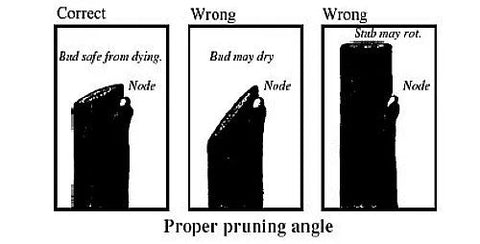
There are some other points of cutting, for example, cut as vertically as possible, when trimming can not be left and right to flip the trim, otherwise it is very easy to cause the blade break or collapse, branch shears and buds are appropriate distance, and as far as possible for the slope, etc. , all of them unfolded.
- baohaojing


